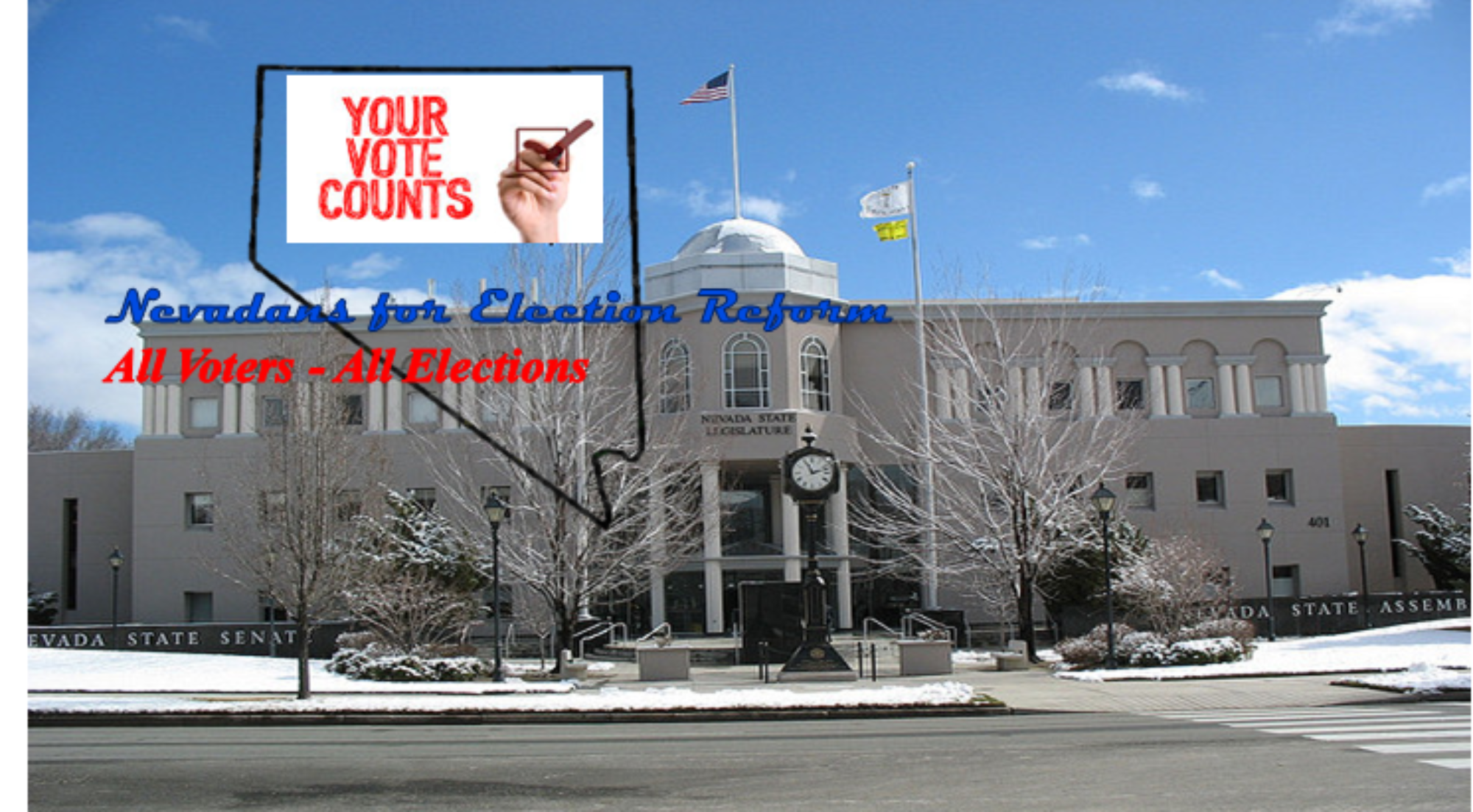We hear it all the time; elected officials must compromise to solve our problems. I don’t agree. Compromise will not address the hyper-partisan division gripping our society and preventing governments at all levels from actually governing. In fact, compromise could create even more resentment. What is needed is COLLABORATION.
Wait, aren’t they the same thing? Not even close. Let’s look at their definitions:
- “Compromise: an agreement or a settlement of a dispute that is reached by each side making concessions.”
- “Collaborate: work jointly on an activity, especially to produce or create something.”
Please read those carefully. When compromising, each party is required to make concessions, give something up. However, when collaborating, participants are working together to create something.
Issues resolved by collaborating, all sides working together to reach a solution will most likely have greater support, greater buy-in, have a better success rate, and be long-lasting. Conversely, if any side has to make concessions, give in or give something up, the solution will probably be only reluctantly supported, in jeopardy of failing, and create resentment which could carry over to the next need to resolve a problem.
I first became aware of the difference during the 2011 special election for Nevada’s second congressional district. The race was between Republican Mark Amodei, Democratic Party candidate Kate Marshall, and Non-Partisan candidate Helm Lehmann. It was Helm who explained why he never used the word “compromise” but instead used “collaboration”. I have not used “compromise” since.
Our politics are in shambles. Government at all levels has stopped working. Even worse, our society has become almost tribal with political views determining who our friends are, how we treat co-workers, even who we sit next to in church. Our economy has improved, but it could be much better if our governments could actually govern. Business and the economy thrive when business can plan. That’s missing. Social issues are at a boiling point because those responsible to devise and implement solutions won’t talk to one another. Solutions reached as a result of collaboration are needed. If opposing sides only compromise, the issues we face will most likely resurface in the future and when they do, will be more difficult to resolve because one side gave up more than they believe they should have the first time – resentment.
The question we must address is how do we create an environment where collaboration can begin and flourish? We do this by electing leaders who put their constituents over political party and special interests. However, this cannot happen under our current election process. Closed partisan primary elections, where an average of less than 20 percent of either Democratic or Republican Party voters cast ballots for their party’s nominees, produce general election candidates indebted to a narrow party base and special interests. In the general election, minor party and independent candidates are marginalized, and all voters are usually left with choosing the lesser of two evils.
Nevadans for Election Reform has begun the effort to change this, to create a process where candidates must reach out to all voters from the start of the campaign. All voters will have a real choice, a true voice in who represents them. Once elected, the process will require officials to put constituents above party and special interest. Collaboration not only will be encouraged, it will be necessary. You can read about the Greater Choice – Greater Voice initiative here.
We need to change the mindset. We need to stop saying “compromise” and start saying “collaborate”. When someone mentions the need to compromise, it is up to us to change the conversation to collaboration. People must understand the difference.
We, the voters of Nevada, are in charge. We can make this change happen. We can ensure it is our voices our legislators listen to not those of special interests. We are the ones that will ensure we have a greater choice and greater voice.
If you agree and want to help, please consider donating or volunteering here.
